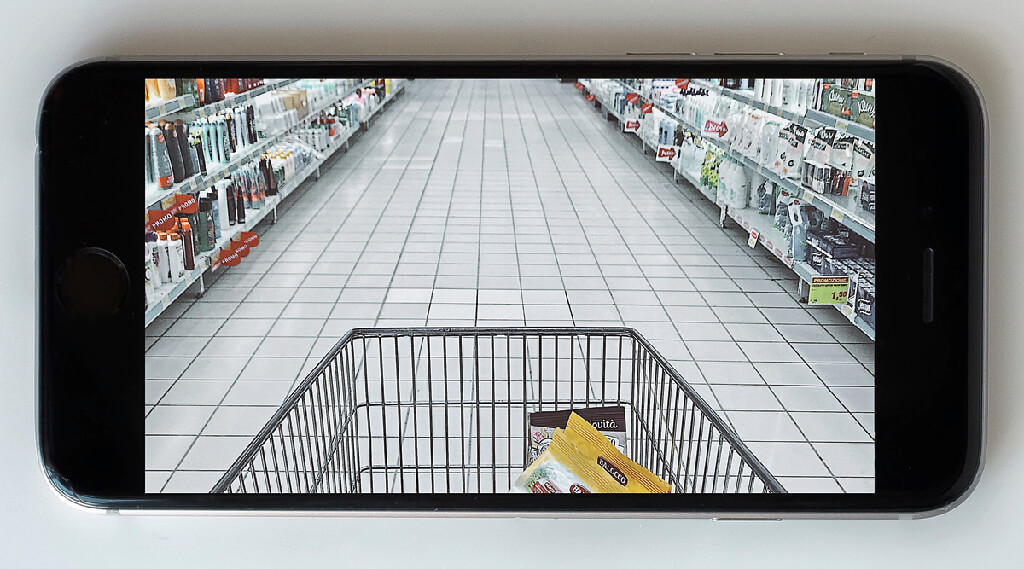The coronavirus means we all need to be aware where everyone is, says Alistair Maclenan. Fortunately, there’s an app for that

In the ‘new normal’, we will all be spatially aware, either through choice or by diktat.
Firstly, I apologise for using that oxymoronic phrase – I realise that normal cannot, by definition, be new or it wouldn’t be normal. But hey, where sloganeering politicians lead, I slavishly follow.
A key weapon in the fight against this and future viral pandemics will be ‘social distancing’. But how do you know you are keeping your distance from everyone?
You can judge two metres from one person, but how do three or even 20 people keep their distance from each other?
Apps have taken over much of the thinking we used to do for ourselves, so it’s no surprise to see governments and corporations believe a new one will prove to be the cure. Sadly, as with so many aspects of dealing with a virus, geography and the public, creating an effective one is proving complicated.
Arguments over centralised or decentralised design models – whether a server or the phone performs contact-matching – aligned with wider technology and privacy concerns, have conspired to confuse and alienate a waiting and expectant public.
At the end of April, Singapore’s TraceTogether app was being used by less than a fifth of the population and that’s not a place known for its active opposition.
As so often happens, providers of technology have forgotten the crucial step to success: marketing.
You might think that offering people a tool that will save their lives and that of others, wouldn’t need selling. If you do, you’re forgetting that people smoke, drink and drive whilst using apps. Not all three whilst driving, I hope.
People don’t want telling – they want benefits. That’s why I think the team behind Crowdless might be on to something.
Alex, Sebastian and Yohan were on the verge of decamping to South America where they would develop a location-based app that educated people about dangerous areas to avoid, when Covid-19 made everywhere a place to avoid.
With time on their hands and intelligence (both innate and artificial) pouring out of their brains, this talented trio created an app that, wait for it, tells you how many people are currently in your nearest supermarkets and shops.
Sounds dull? Think it through.
This pandemic has had a range of effects on people’s lives, from ending them at one end to significantly curtailing their movement at the other. The more of the latter we can encourage, the less of the former we will see.
Shopping for food is one of the major concentrations of human traffic – since everyone needs to eat – and if that can be made safer simply by telling people to avoid the busy times, then everyone wins.
The artificial intelligence that aggregates anonymous location data from shoppers and turns it into a simple traffic light system of red, yellow and green lights to indicate how busy your nearest outlets are is beyond me.
But I understand the success of the Crowdless app (40,000 downloads in its first four weeks) is because it provides a useful service, whilst its side-effect is to make users safer.
That’s good marketing, and as side-effects go, I’d lay a small wager that they’re better than those you’d get from taking Hydroxychloroquine.
Alistair Maclenan is founder of the geospatial B2B marketing agency Quarry One Eleven (www.quarry-one-eleven.com)


